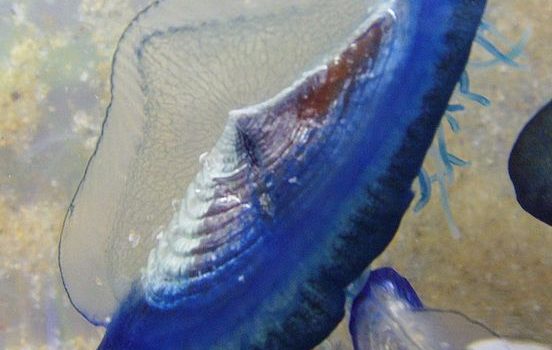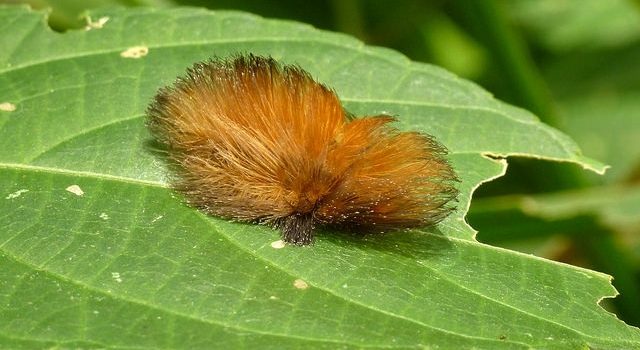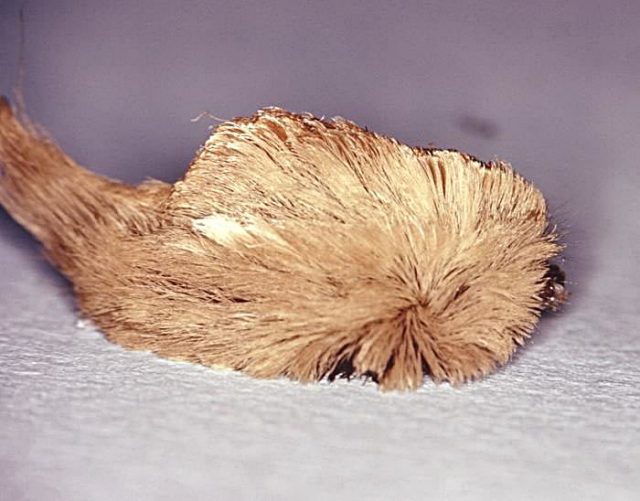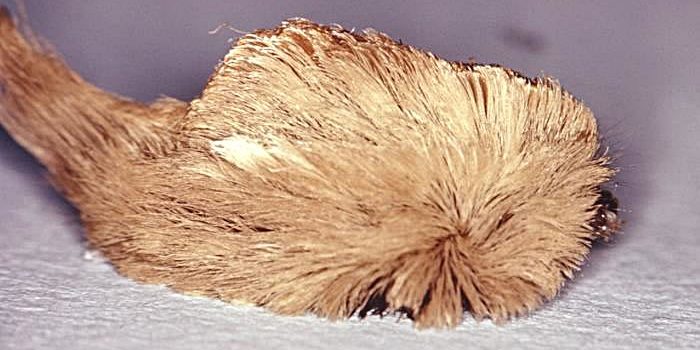This great question was sent in by six year old Cathal, who can sometimes be found over at Bumbles of Rice blog; Cathal has a really scientific mind and is always asking him mum lots of questions. Sometimes she sends them on to me, which I really love.
I thought that Cathal’s question was a great excuse to try out another whiteboard video, I hope you like it Cathal and keep those questions coming!
How do planes stay up in the air when they are so heavy?
It is a common question and one that we all want to know; especially if we are sitting on a plane about to take off! So if you want to know how planes stay up in the air, make sure you watch this video below to find out!
Planes are pretty big machines; the world’s largest passenger plane is the Airbus A380 which can weigh as much as 560,000 Kg.
That is a lot of plane to get into the air and keep it there.

The largest passenger planes is the Airbus A380, weighing in at a massive 560,000 kg
Even smaller planes, with all their equipment and passengers and baggage, are pretty heavy things, so how do they stay in the air?
We think of air as being very light as we move through it all the time. But remember air is made up of tiny molecules that can actually be really strong too, there are lots of them and they can move together with quite a force.
Air can be so strong it can blow over people, cars and even buildings when it moves very fast, like a tornado!
It can be strong enough to hold a plane in the sky too, but we don’t need to create extreme weather conditions to do so, we just need to consider four important forces, and get them just right.
The four forces are LIFT, GRAVITY, THRUST and DRAG!
These four forces act in different directions… Lift pushes the plane up, Gravity pulls it down, Thrust propels it forwards and drag pushes it back.

The four main forces acting on a plane in flight are lift, gravity, thrust and drag
If we can get these four forces balanced just right, we can get a plane in the air, and keep it there.
Lift
Let’s consider LIFT first, and to do that we need to look at the shape of the plane, and in particular… the wing. We call the wing shape an aerofoil, it is curved at the top, like this. This shape is designed to make air move faster over the top of the wing than below it.
When air speeds up its pressure decreases (this is in keeping with a law of physics known as the Bernoulli’s principle).
Bernoulli’s principle states that an increase in the speed of a fluid occurs simultaneously with a decrease in pressure

When the air pressure on top of the wing is less than the air pressure below the wing it creates a force called LIFT which pushes upwards on the wing.
Gravity
GRAVITY is the force that pulls the plane towards Earth; it keeps it on the ground. In order for the plane to get into the air, the LIFT force needs to be greater than the force of GRAVITY.
To get enough air moving over the wings of the plane it need to be travelling through the air at quite a speed.
Thrust
We use engines to propel the plane forward using a force called THRUST! The more thrust is generated, the faster the plane goes and the more air travels around the wings. LIFT increases until its force is greater than that of GRAVITY and the plane takes off into the air.
So far we have covered three of the four forces… LIFT, GRAVITY and THRUST. There is one more to consider… DRAG.
Drag
DRAG can be described as a force that acts against a moving object. So, in this case, the plane is being propelled through the air, by the force of THRUST, but that air is moving against it, and creating a DRAG force.
THRUST moves the plane forwards, DRAG pushes it backwards. In order to keeps the plane moving in the right direction, THRUST must be greater than DRAG. Planes are designed to be streamlined – to allow air pass around them with the least amount of resistance – to reduce DRAG.
A bit of Balance
So a plane can stay in the air once the four forces… Lift (up), Gravity (down), Thrust (forward) and drag (backwards) are kept at the right balance.
Essentially the plane needs to have no net force acting on it, which means that each of the forces balance each other out.
Newton’s Law of Motion
Let’s consider one more law … Newton’s Law of Motion which states that an object at rest will stay at rest and an object in motion will stay in motion, once there is no net force acting on it.
Newton’s first Law of Motion which states that an object at rest will stay at rest and an object in motion will stay in motion, once there is no net force acting on it

What this really means is that, once all these four forces are balanced, the moving plane, will stay moving… in the air… in flight!
Which is just the way we like it!
A big thanks to Cathal for sending in this question; if you have a question you would like me to answer just leave it in the comments below or sent it to me by email.



![[WATCH] How do planes stay up in the air? [WATCH] How do planes stay up in the air?](https://sciencewows.ie/wp-content/uploads/2017/04/Four-forces-600x350.jpg)






















